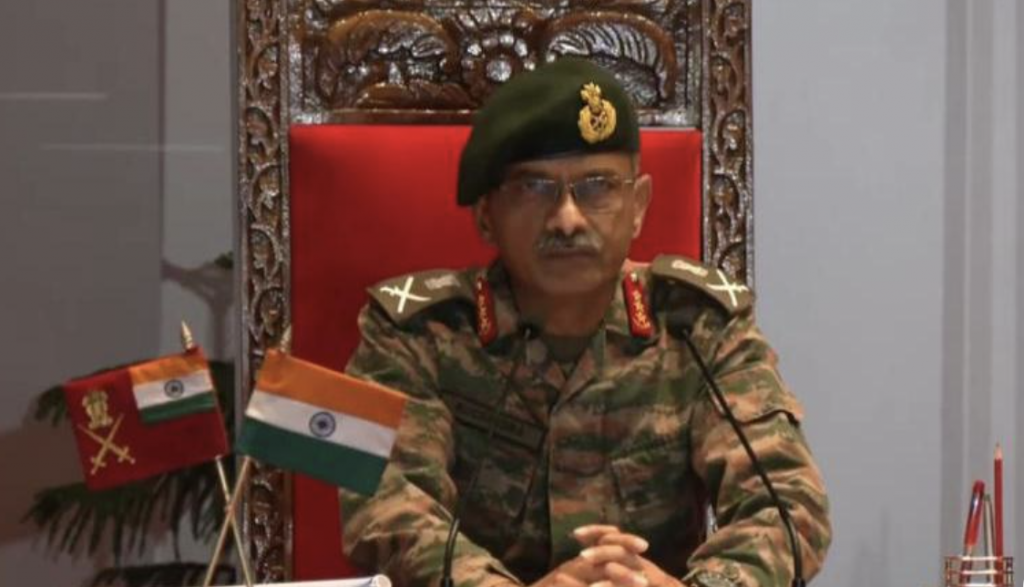UDHAMPUR: Northern Army Commander Lieutenant General M V Suchindra Kumar on Friday said the army has identified 135 areas where it seeks technological and industrial collaboration to fill operational gaps, with 93 research and development projects currently at various stages.
He said that the army has set up five joint command and control centres to ensure coordinated ground-level operations.
“In Northern Command, we face multiple fronts and terrains starting from the plains of Jammu, moving to hilly areas, and then to high-altitude and super high-altitude areas, such as eastern Ladakh. This region serves as a testing laboratory for equipment,” Lt Gen Kumar told reporters.
Responding to a question about the trial and induction of new indigenous weapons developed by Indian companies and startups in the Northern Command theatre, the army has given these companies access to these areas to allow them to understand the conditions the forces operate in.
“We raise our expectations at all levels, and academia translates these expectations into practical requirements on the ground,” he said.
The Army has designated 2024 as the ‘year of technology Absorption,’ recognising the critical role of technology in modern warfare, the officer said.
“In 135 identified areas, we seek technology and industry support to bridge gaps. We have 93 research and development projects underway, with funding available for new initiatives. The goal of technology induction is to address disruptive technologies,” he said.
He said that 12,000 MSMEs are engaged in various initiatives, with 438 projects worth nearly Rs 2 lakh crore involving 500 industries.
“We are focusing on key areas such as drones, counter-drone systems, AI, robotics, communications, electronic warfare setups, various ammunition, and protected mobility for both vehicles and personnel,” he added.
On the training front, he said troops are trained to adapt to current battle situations, environments, and terrains.
“Inter-force training includes police in Army battle schools. BSF, under operational command of the Army in LoC areas, is trained on the pattern of Army battalions. We have also trained CRPF and Village Defence Groups,” he said.
On the impact of Operation Sadbhavana in Kashmir, the Lieutenant General said that change among youth has come through the Army’s efforts to bring quality education to remote and inaccessible areas.
“We run 43 Army Goodwill schools, with 16,000 students – 40 per cent of whom are girls – and have employed 912 teachers. Around 1.6 lakh students have graduated from these schools, and 321 college students have received boarding facilities,” he said.
The armed forces have also trained 320 students for competitive exams, of whom, 180 cleared tests like JEE, NEET, and UPSC.”
On tackling terrorism in Jammu, he said, “We have established five joint command and control centres to ensure that operations launched at the ground level are coordinated effectively. We work together to achieve our targets, and the VDGs are being revitalised.”
Lieutenant General Kumar added, “With the rise in violence, additional troops have been deployed. There is now a high level of synergy and coordination. In areas identified for the deployment of Central Armed Police Forces, about half have been occupied, and new camps are being established. Special operations groups have also been strengthened.”


